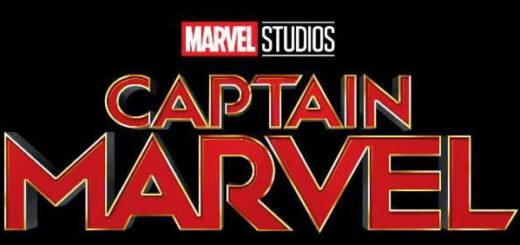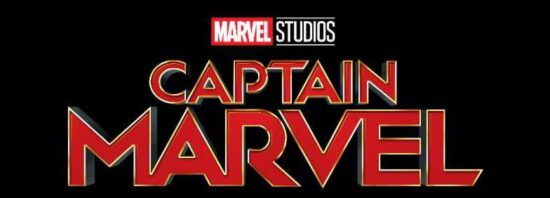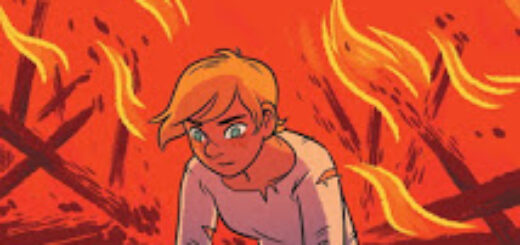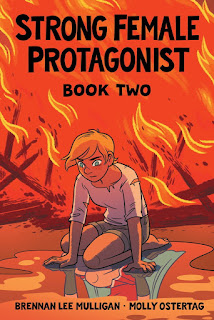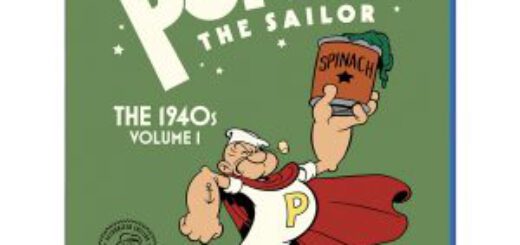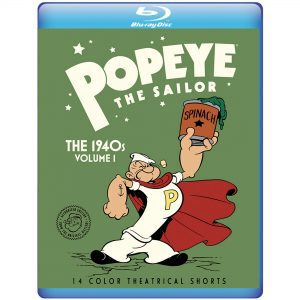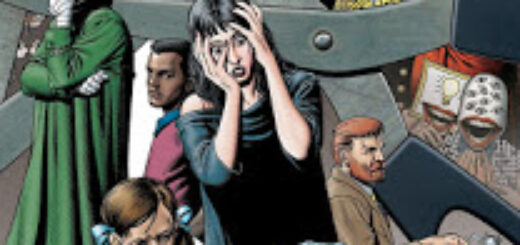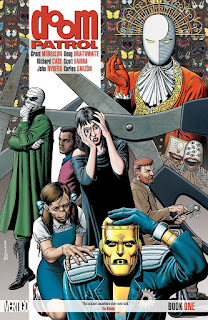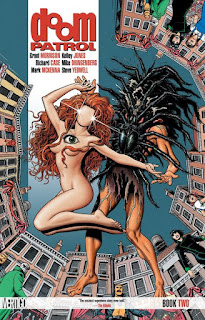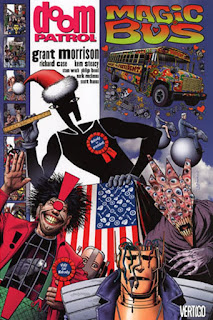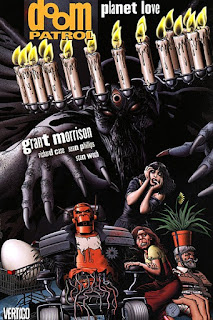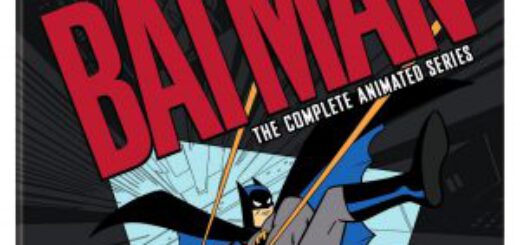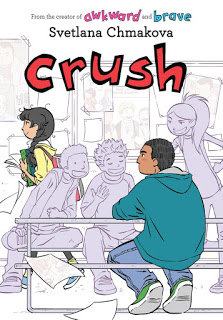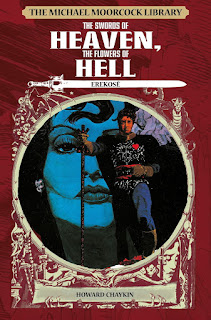REVIEW: Mission: Impossible – Fallout
 When it ran on CBS, Mission: Impossible had zero internal continuity. Missions came and went, agents were tortured, battered, and bruised and the next week they’d be hale and hardy, ready for the next assignment.
When it ran on CBS, Mission: Impossible had zero internal continuity. Missions came and went, agents were tortured, battered, and bruised and the next week they’d be hale and hardy, ready for the next assignment.
Since the film franchise began in 1996, the movies have gone in the opposite direction with film to film connectivity, just enough to show the films have consequence but work on their own so you don’t need one of DK Publishing’s patented guidebooks to understand what’s happening.
You’d almost think there was some grand plan and strategy ala Marvel for these films since everything builds to a head in Mission: Impossible – Fallout, out today on disc from Paramount Home Entertainment.
Recently, the first film, from director Brian DePalma has been making the rounds on cable and I was reminded of how much larger and richer the cast of agents were. Since then, there has been precious little mention made of operatives other than the core cast that seemingly winnows per film. There was the pre-credit nod to the past with Keri Russell in M: I III.
So, here we are again with Ethan Hunt (Tom Cruise) and Luther Stickell (Ving Rhames), the only holdovers from the beginning, with the addition of Benji Dunn (Simon Pegg), who interestingly joined in M:I III. That’s it. The IMF apparently has faced attrition and budget cuts. Cruise and Director/Producer/Screenwriter Christopher McQuarrie have stitched together elements from all the films to create a taut, suspenseful and ultimately very satisfying sixth installment in the series, which has yet to run out of steam.
 We pick up with the remnants of Solomon Lane’s (Sean Harris) The Syndicate (a wink to the anonymous organization Jim Phelps battled almost weekly on television), The Apostles. They are searching for three plutonium cores and when the first gambit fails, are stuck with political shenanigans between the CIA in the form of Erica Sloane (Angela Bassett) and the IMF, now championed by Alan Hunley (Alec Baldwin). With trust absent, she insists August Walker (Henry Cavill) work with Hunt’s team.
We pick up with the remnants of Solomon Lane’s (Sean Harris) The Syndicate (a wink to the anonymous organization Jim Phelps battled almost weekly on television), The Apostles. They are searching for three plutonium cores and when the first gambit fails, are stuck with political shenanigans between the CIA in the form of Erica Sloane (Angela Bassett) and the IMF, now championed by Alan Hunley (Alec Baldwin). With trust absent, she insists August Walker (Henry Cavill) work with Hunt’s team.
As they seek the cores, the encounter “The White Widow” (Vanessa Kirby), a black market arms dealer and the returning Ilsa Faust (Rebecca Ferguson), who finds herself allied with and in competition with Hunt. There are the usual death-defying car chases, running and jumping, and mass mayhem but leavened with some deadpan humor.
 We see Hunt and Walker fight in the trailers so we’re not sure if the CIA shadow is a good guy or turncoat but his stiff, diffident performance pretty much gives things away. Cavill can be easy on the eyes, but he really needs to loosen up to remain interesting on screen.
We see Hunt and Walker fight in the trailers so we’re not sure if the CIA shadow is a good guy or turncoat but his stiff, diffident performance pretty much gives things away. Cavill can be easy on the eyes, but he really needs to loosen up to remain interesting on screen.
Everything builds up to Lane threatening more than the world; he’s targeted Julia (Michelle Monaghan), Hunt’s one true love. The climax in Kashmir may be drawn out, but is pulse-pounding and emotional. The status quo has been modified for future installments and viewers will be fine with a repeated viewing at home.

The film is available in the usual formats including the 4K Ultra HD, Blu-ray, and Digital HD package. As one would expect, the 2160p resolution displays a native 4K image in the 2.39:1 aspect ratio, although there are exceptions with two opening sequences having been shot in a 1.90:1 IMAX ratio. Given the scenery, notably the Kashmir section, we are treated to fine detail, clarity, and sharpness, superior to the Blu-ray. The Dolby Atmos audio track is strong and pairs well with the 4K disc.
A glossy, full color booklet titled Stunts: Raiding the Bar is included inside the embossed case, featuring slight commentary regarding several key sequences.
The 4K disc comes with Audio Commentary: in three flavors: McQuarrie and Cruise, McQuarrie and Editor Eddie Hamilton, and Composer Lorne Balfe. As is increasingly common on 4K releases, we’re treated to an Isolated Score in Dolby Digital 5.1 audio.
 The Blu-ray disc with the feature carries the same bonus features but then there’s a second Blu-ray disc with an additional hour’s worth of goodness. The majority of the disc is filled with the seven-part Behind the Fallout (53:32) which exhaustively covers the film’s development and production. Broken down, these include Light the Fuse (11:10), giving you an overview; Top of the World (10:48), all about the HALO jump sequence; The Big Swing: Deleted Scene Breakdown (3:44); Rendezvous in Paris (7:21); The Fall (5:57), all about how a man falls from a helicopter and lives to tell the tale; and The Hunt Is On (11:08), a spotlight on the helicopter chase; Cliffside Clash (4:02).
The Blu-ray disc with the feature carries the same bonus features but then there’s a second Blu-ray disc with an additional hour’s worth of goodness. The majority of the disc is filled with the seven-part Behind the Fallout (53:32) which exhaustively covers the film’s development and production. Broken down, these include Light the Fuse (11:10), giving you an overview; Top of the World (10:48), all about the HALO jump sequence; The Big Swing: Deleted Scene Breakdown (3:44); Rendezvous in Paris (7:21); The Fall (5:57), all about how a man falls from a helicopter and lives to tell the tale; and The Hunt Is On (11:08), a spotlight on the helicopter chase; Cliffside Clash (4:02).
Rounding out the disc are Deleted Scenes Montage (3:41), complete with optional commentary by McQuarrie and Hamilton; Foot Chase Musical Breakdown (4:50); The Ultimate Mission (2:51), Cruise on his love of the series; Storyboards, and the Theatrical Trailer (2:33).


